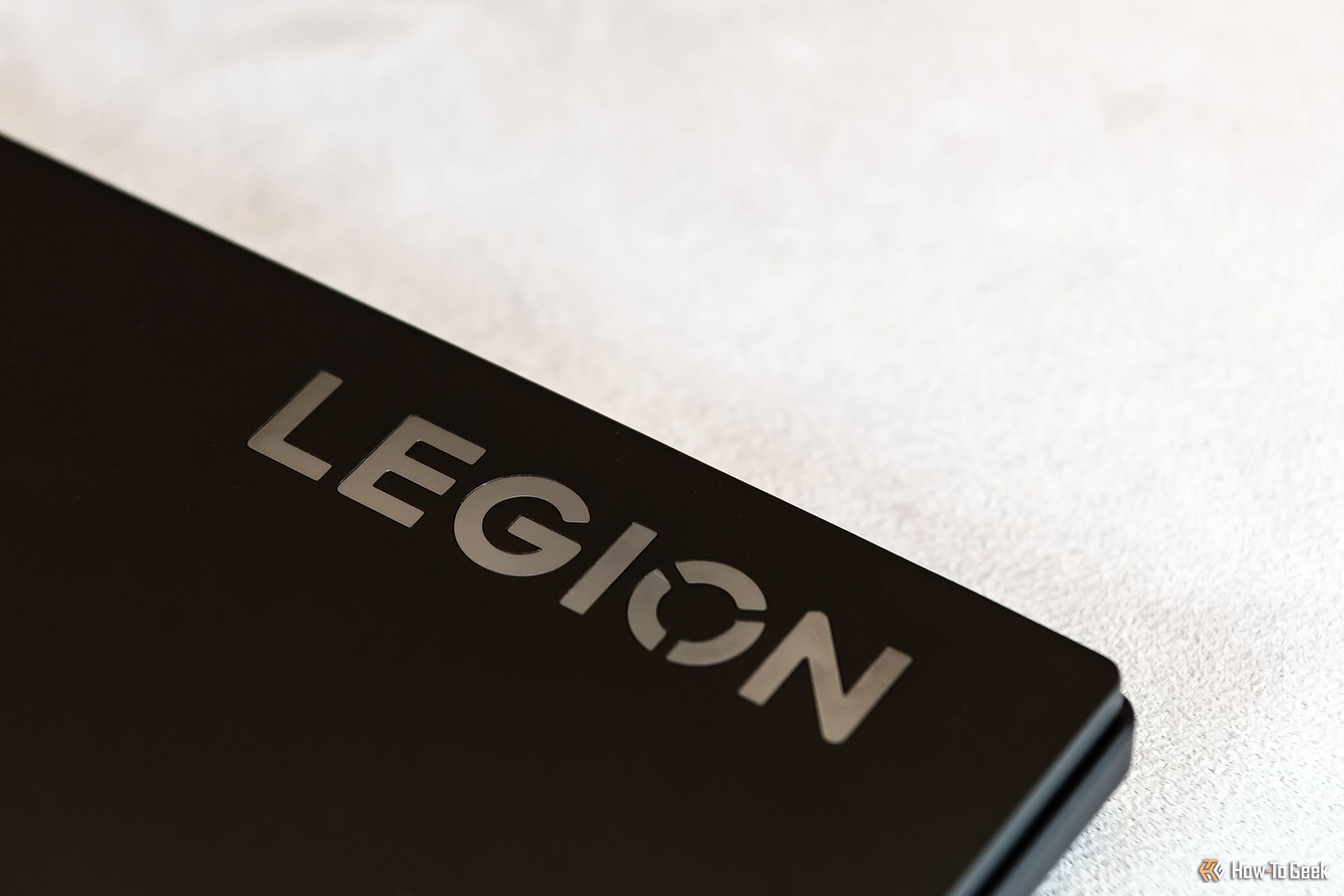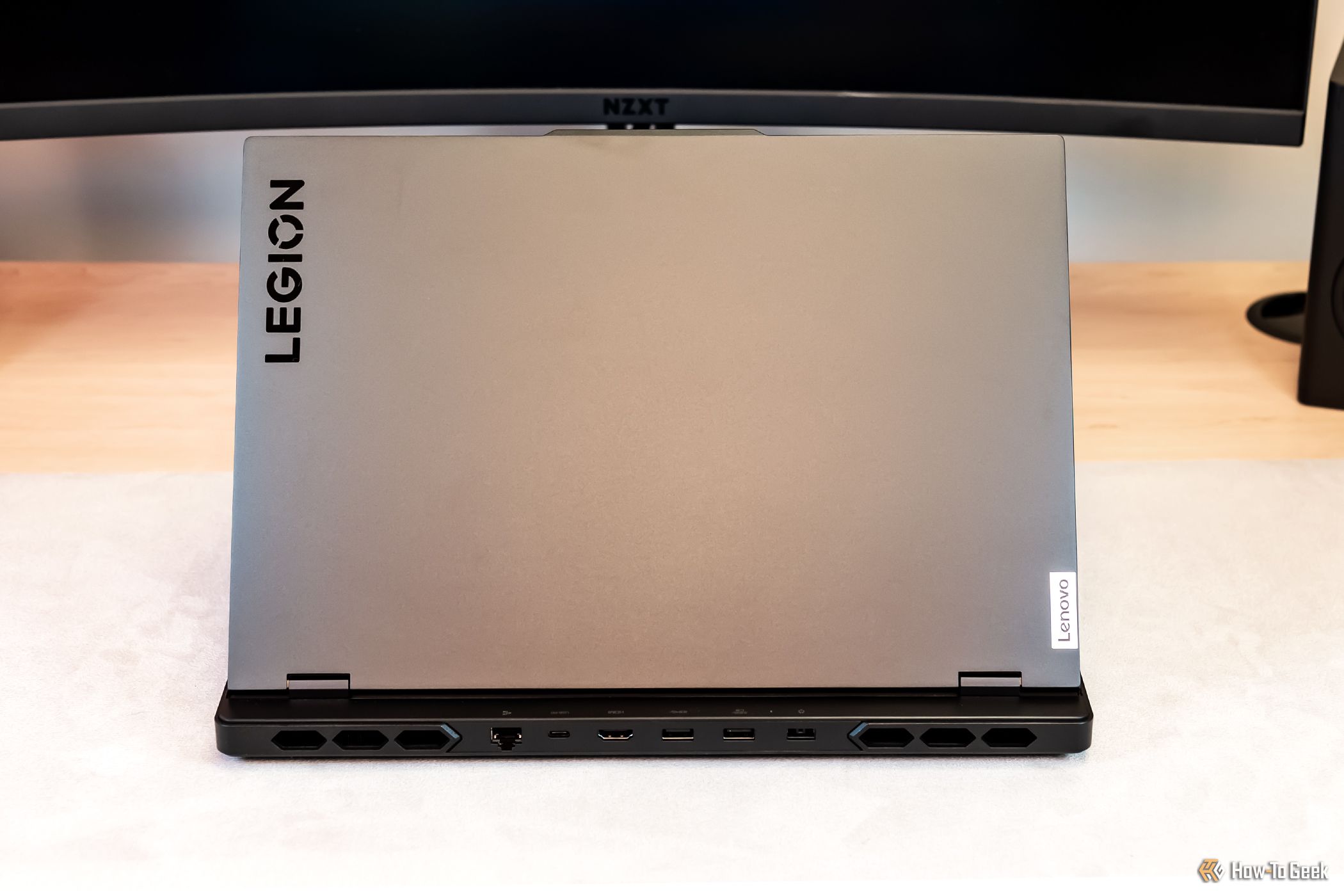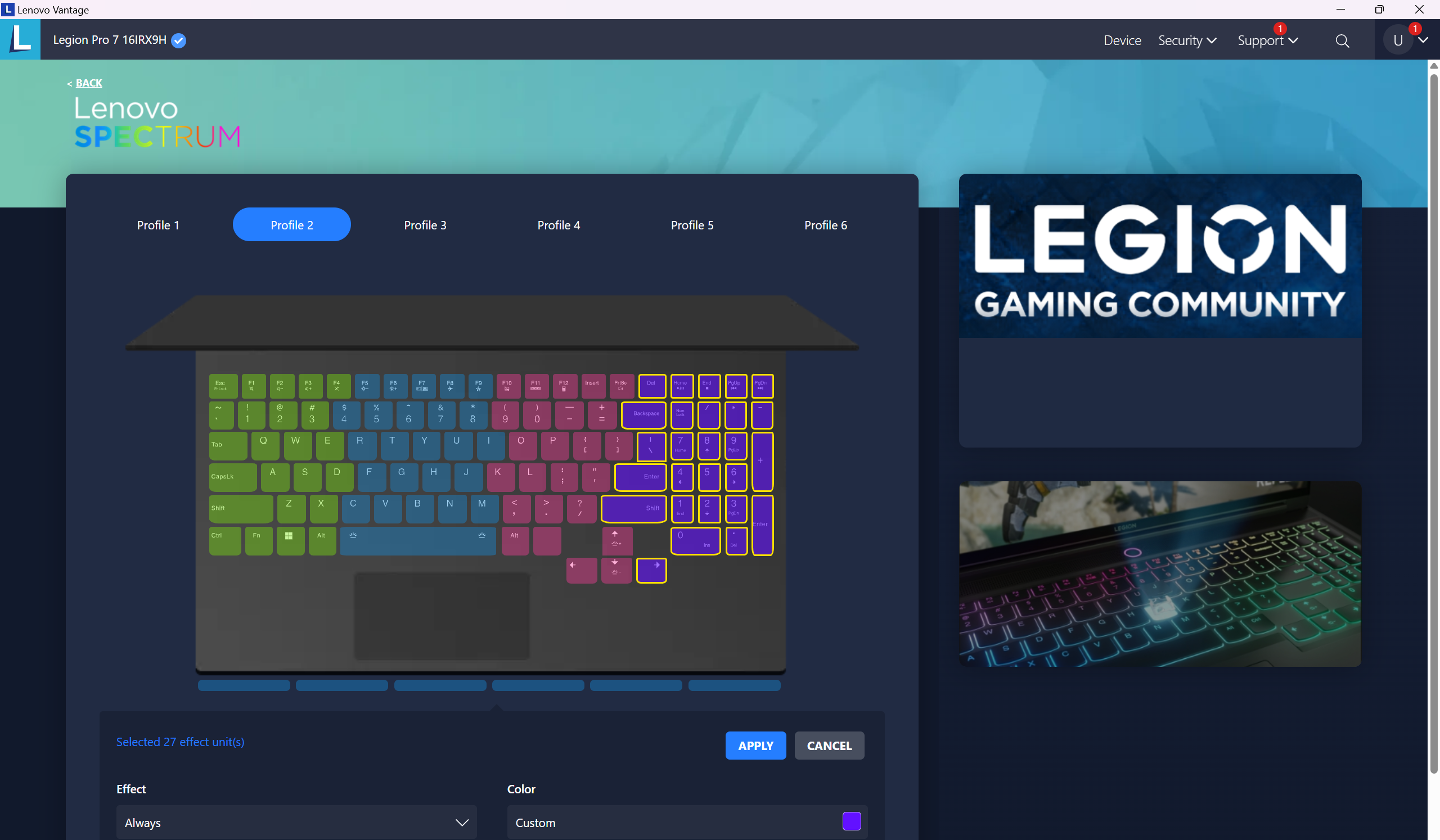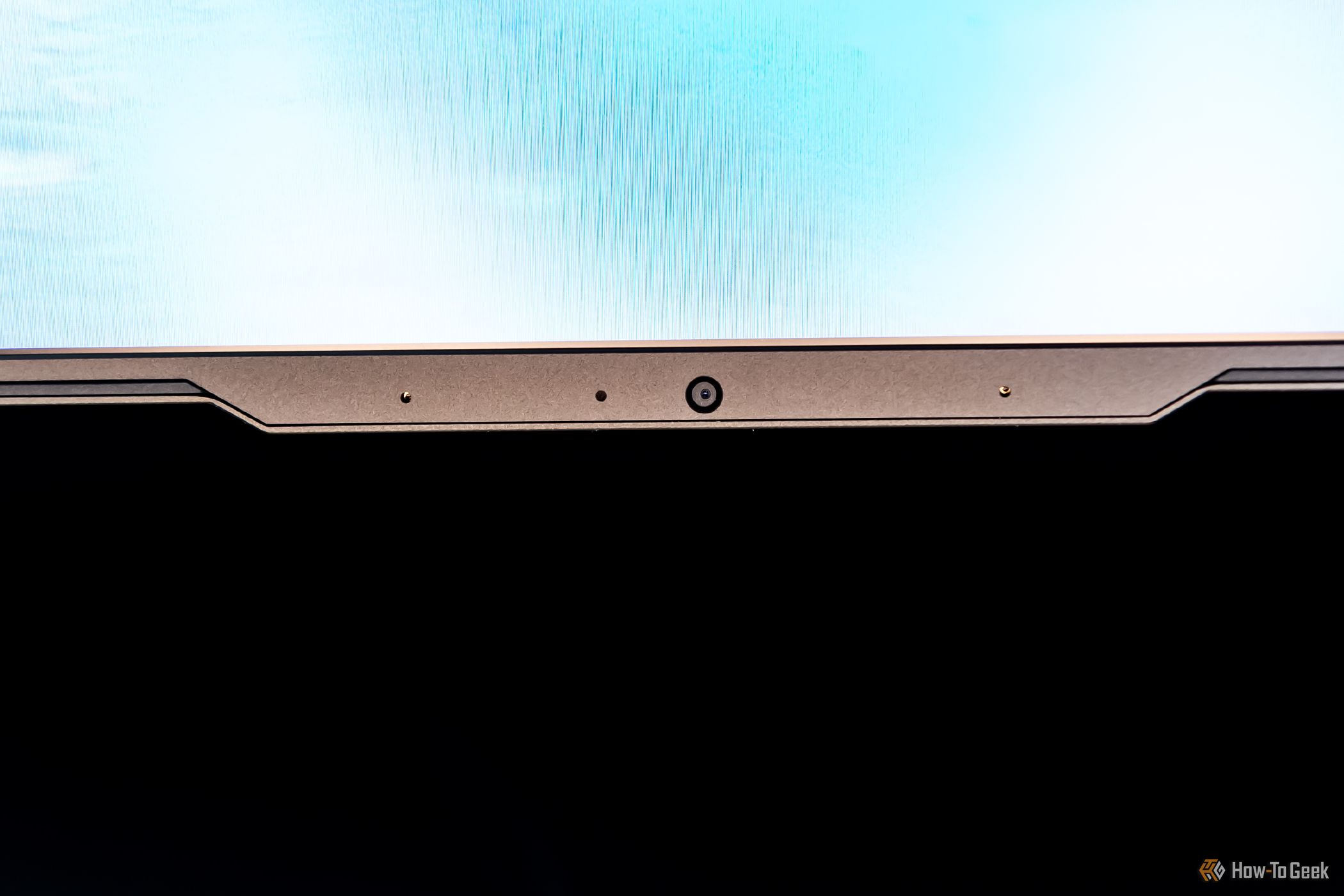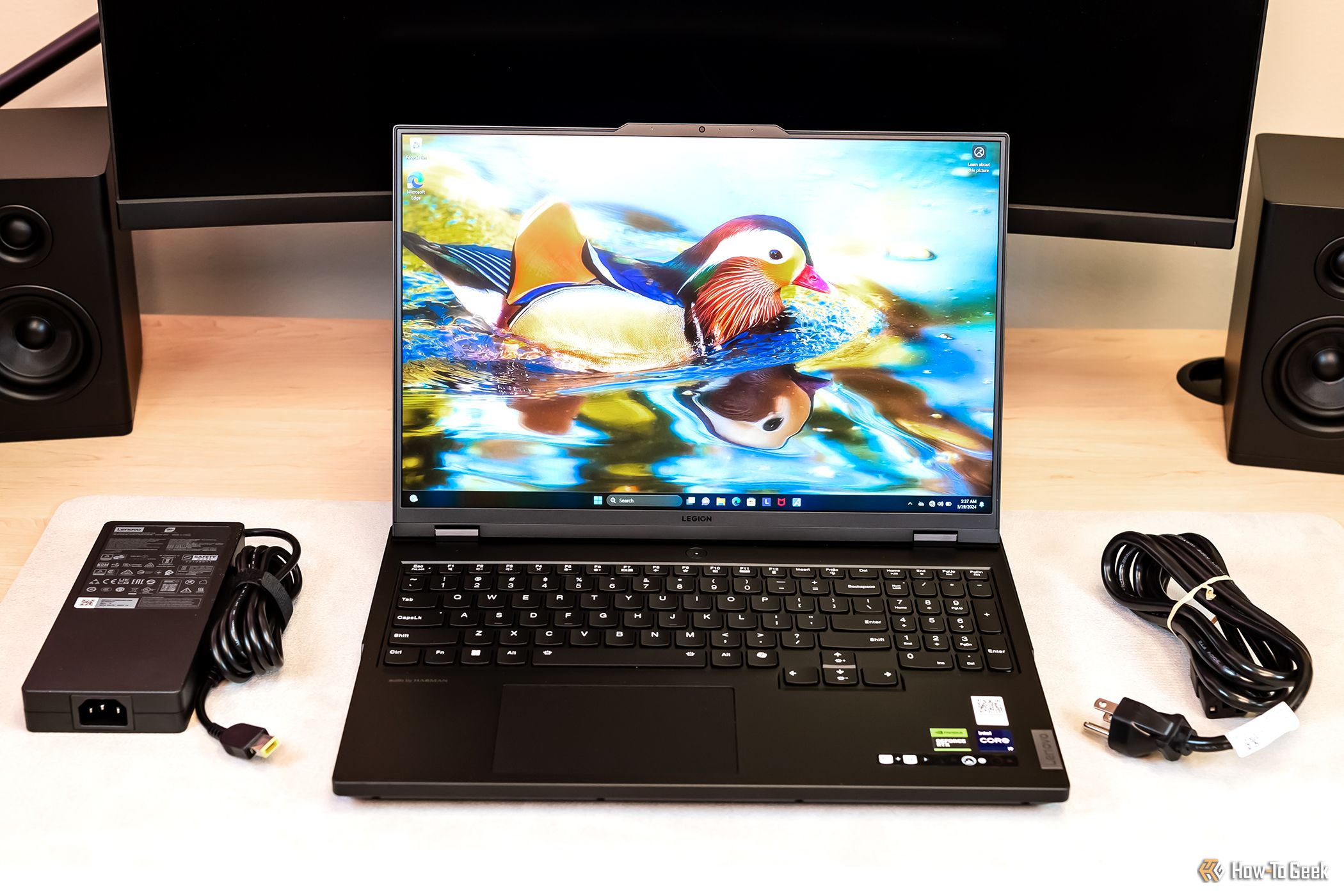Key Takeaways
- Lenovo’s Legion Pro 7i 16 (Gen 9) offers a premium gaming experience with NVIDIA RTX 4080 GPU and Intel Core i9-14900HX.
- Features like Overclock, dGPU, and integrated AI boost gaming performance.
- Gorgeous, immersive graphics and an anti-glare 2K display make streaming and gaming enjoyable.
Lenovo’s Legion lineup offers numerous choices at various price points. But if you’re looking for a premium pick with an impressive NVIDIA GPU and a top-tier Intel CPU, you won’t have to look much further than the Lenovo Legion Pro 7i 16 (Gen 9) gaming laptop. It delivers consistent performance, gorgeous graphics, and has helpful performance-boost options like Overclock, a dedicated graphics processor (dGPU), and integrated AI that’ll give your games a boost, so you’ll stay competitive (and immersed) for hours.
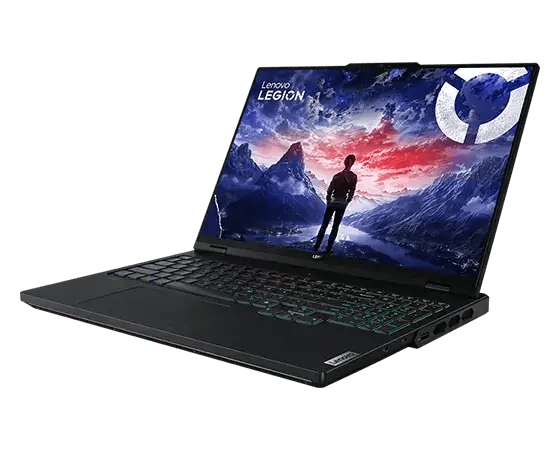
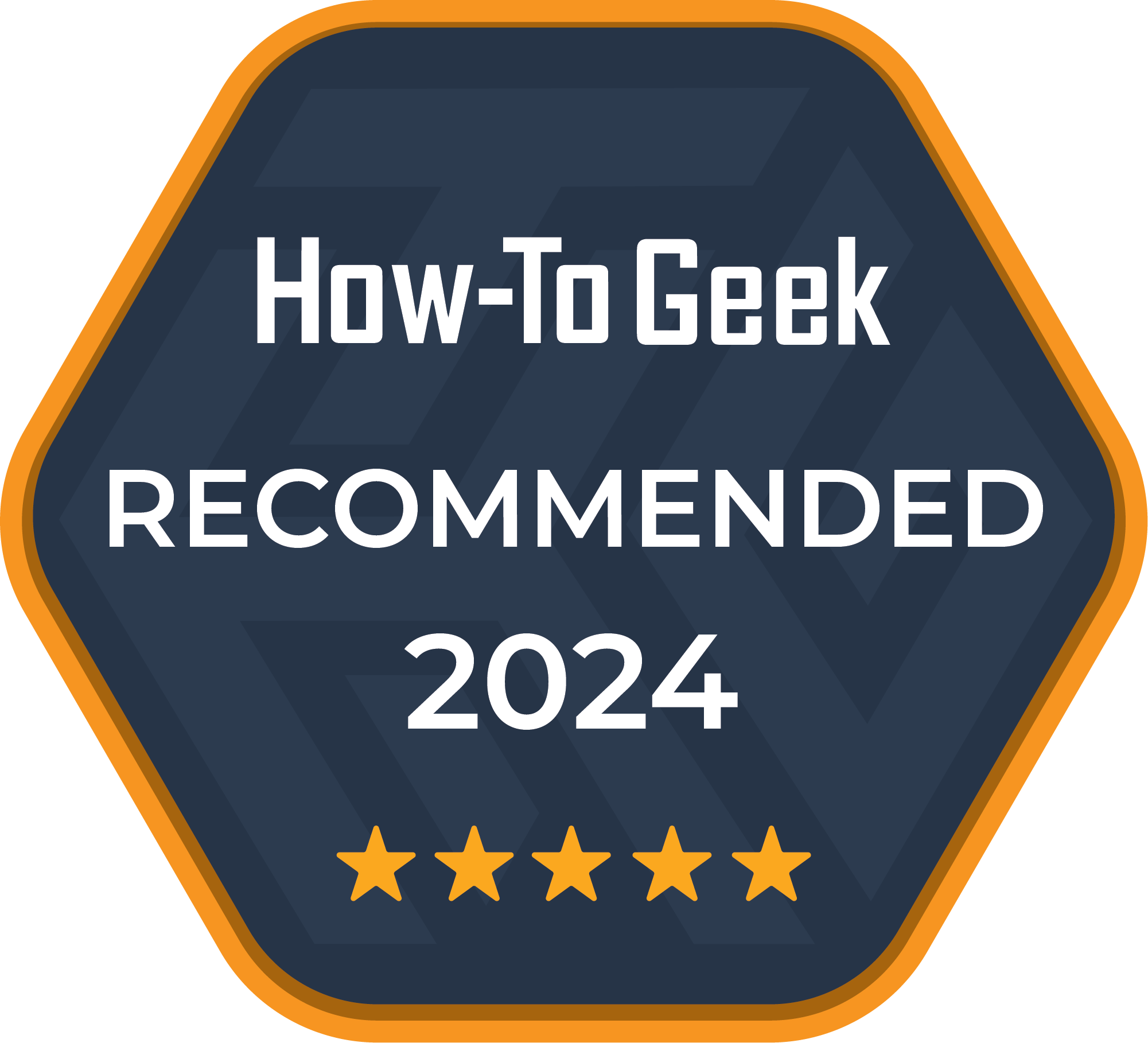
Lenovo Legion Pro 7i 16 Gen 9
The Lenovo Legion Pro 7i 16 Gen 9 gaming laptop is packed with premium features for gamers of all levels, such as an NVIDIA GeForce RTX 4080 GPU, an Intel Core i9-14900HX CPU, and a 2K display that delivers on graphics.
- Immersive speaker system with Nahimic Audio
- Super Rapid Charge makes it easy to top-up the battery
- Large, 2K display delivers on graphics
- Powerful processing with the Intel Core HX processor
- NVIDIA GeForce RTX 4800 GPU
- Screen could be brighter in some environments
- Fast battery drain and clunky build may make transporting it a pain
Price and Availability
The Lenovo Legion Pro 7i 16 Gen 9 laptop is available now on Lenovo’s website, starting at $2,390.
The Design: A Familiar Favorite
I own a Lenovo Legion Pro 5i 16 Gen 8 laptop and have handled other Legion models, like the Lenovo Legion 9i (2023), the Legion Slim 5 14 (Gen 8), and the Legion Pro 5 Gen 8 (AMD). This Legion Pro 7i 16 takes on a similar look and feel, with an appearance that should appeal to most gamers. From its sleek aluminum shell to its stylish “Legion” logo on the back, it looks both cool and refined.
I found the 1080P integrated camera built into the top bezel and the microphones on either side of the lens familiar. The large, 16-inch display had a seamless look with a thin frame around it that never felt bulky or distracting, and even though part of the frame is plastic, the device’s body feels solid as a rock. My favorite part of the design was the showy RGB keyboard, which measured over a foot in length and included a number pad.
There was also a nice lighting strip at the bottom base of the laptop that reflected onto surfaces and made the device look 10 times cooler if you’re a sucker for lighting. As for the ventilation, plenty of vents were located on the laptop’s bottom and sides.
Ports: Plenty of Options
Plugging in was always convenient with the Legion Pro 7i 16. On the left side of the laptop was a USB-A 3.2 Gen 1 port and a USB-C 3.2 Gen 2 port. On the right side, I found the headphone and microphone jack and another USB-A port. And finally, at the back of the laptop were all the other ports. The placement of these ports at the back made it much easier for me to plug in items and keep wires out of the way—especially the somewhat bulky charging cable.
Using the back panel, I could plug into the following ports from left to right—the charging port, two USB-A ports (one with Always On), an HDMI 2.1 port, a USB-C port, and the all-important RJ45 (Ethernet) port for a faster connection while gaming.
The Inputs: The Per-Key RGB Keyboard and Touchpad
One of the highlights of my experience with the Legion Pro 7i 16 was the keyboard’s custom per-key RGB lighting. I was easily able to customize my lighting and switch profiles through the Lenovo Vantage app’s Lenovo Spectrum section. There were six customizable profiles, and selecting the keys was as easy as clicking or dragging. I also customized the lighting strip on the laptop’s bottom edge. Once set up, a quick tap of the Fn button and the space bar switched to the next lighting profile.
As for the keyboard’s functionality, its 1.5mm key travel felt great to game on, with a nice spring back and responsiveness without feeling too loose. I never made fatal typos while putting in gaming commands, nor did I struggle to write emails or get fatigue from too-stiff keys. In fact, it felt so nice to type on that I was reminded of why I compare other keyboards to the Legion series’ typefeel.
The buttonless touchpad was large, measuring at over 4.7 inches in length, but it never felt like it got in the way. In fact, I preferred to use the touchpad for most activities unless I was playing a game that required more comfortable precision for particular commands. The regular shortcuts like pinching to zoom in or out or dual-finger scrolling were easy to execute, with a quick response and no freezing.
Display and Graphics: A Glorious Screen for Medium Consumption
The Legion Pro 7i 16’s display won me over, and is one of the selling points of this device. It has a 2K WQXGA (2,560 x 1,600) with DisplayHDR 400 and a slew of other integrations like Dolby Vision and low blue light. It’s also compatible with NVIDIA’s G-Sync, which helps prevent screen tearing during fast-paced games. I was also able to consistently eke out impressive frame rates on resource-heavy games, thanks to its 240Hz refresh rate and the option to make the refresh rate adaptive. With a helpful anti-glare coating on the non-touchscreen display, I could game or stream pretty much anywhere—even in my bright living room underneath a sunny skylight. And the low blue light helped keep my tired, overworked eyes from feeling quite as much strain.
When I was watching YouTube videos, I could easily make out details like strands of fur on a panda, the reflections of light on a statue, textured cliffs, and all the detail of a macro of a bee—glistening eyes, tiny hairs, and all. My only complaint was the light—there were moments when I wanted the screen to be brighter, only to realize it was already at 100% brightness (500 nits). Some of this might have been due to the low blue light display making the lighting feel less intense. In most cases, the brightness was fine, but on particularly bright days or in a dim room, I was left feeling slightly dissatisfied with the screen’s brightness.
Nonetheless, no matter what type of media I was consuming, the graphics shone on the Legion Pro 7i 16. I found I was highly impressed, even playing the most demanding games. In games like “Assassin’s Creed Valhalla,” the details were immersive. From the way the GPU’s raytracing brought scenes to life to the beautiful level of contrast, shadows, and life-like details in animations, I could (and did) get lost in games for hours.
Performance and Gaming: Processing to Remember
Whatever my workload was, the Intel Core i9 14900-HX processor delivered some of the fastest performance I’ve seen in a while. In case you need a refresher on Intel’s suffixes, H stands for high performance graphics and X for extreme edition. This top-tier processor certainly delivered. The only case of stuttering I saw was when I was downloading multiple large game files at once and running several programs, including the notorious resource hog, Photoshop. It has 24 cores and 32 threads, so multitasking of any kind was smooth, and a max 5.8GHz turbo clock speed made performance feel like lightspeed when using demanding programs. With a few programs open and idle (including Photoshop) and using the browser, the CPU w 4% use and RAM at about 50%.
I had zero problems keeping multiple browser tabs open at once and using programs like Photoshop, Spotify, Xbox, and other programs in the background, and seamlessly switching between each program. The PCMark 10 benchmark showed the Legion Pro 7i 16 scoring 8,537 overall, with 11,686 in essentials, 10,602 in productivity, and 13,628 in digital content creation.
Gaming with the Legion Pro 7i 16 was a pleasure, as no matter what I played, the device provided consistent performance. For resource-heavy games, I adjusted the settings to GPU overclock, balanced thermal mode with Legion Ai Engine+ turned on, and gaming mode as dGPU (dedicated graphics processor only). Games like “Warhammer 40,000: Darktide” and “Assassin’s Creed Valhalla” played seamlessly this way, even with most of the graphics details set on high. I achieved low latency with frame rates of up to 226fps, and with these settings, the two games took about 54% of the GPU, 3% of the CPU, and 47% of the RAM to run.
I also gamed with Overclock off in Hybrid mode (using both the integrated and the dedicated graphics card) without AI turned on. In this case, games like “Those Who Remain,” “Redfall,” and “A Plague Tale: Requiem” still performed very well, with a load of about 32 to 66% on the GPU and frame rates between 59 and 176.
On 3DMark’s Time Spy, this device scored 17,457, which was above an average gaming laptop’s performance, but below a high-end gaming PC by a few hundred. On the Steel Nomad benchmark, the score was 3,337.
The Speakers, Camera, and Microphones: Great Sights and Sounds
For most purposes, the Legion Pro 7i 16’s camera worked well enough. It had a clear capture without a grainy quality and worked best in well lit rooms. Like most webcams, it doesn’t capture very well in dim areas or near-darkness. But it typically did well enough to show my face without distortion, and I could confidently use it for work calls on Zoom or quick video calls with friends.
Rarely is a laptop speaker system deserving of praise, since most laptops don’t have the best speaker system, but the Legion Pro 7i 16’s has a few things going for it. Because it had down firing speakers, they generally reflected sound when I had the laptop on a desk, which made the sound more intense. The only exception to this not working to my advantage was when I had the device on my lap or a cushion (and I don’t recommend this since it’s fairly heavy and can get a bit hot this way). In addition to the positioning that served me well, the Harmon stereo sound was quite loud and wasn’t muddy in most usage scenarios. The crème de la crème for me was the Nahimic audio, which I could customize in the pre-installed Nahimic app to get the right sound. During gaming, the gaming profile made each sound more immersive, and I was also able to boost the bass and voices to get a beefier sound. The presets for music and movies were also helpful for customizing my audio to get the sound I wanted, no matter what media I was consuming.
The dual microphone system was perfect for gaming (unless you prefer a headset) and captured my voice clearly, even while singing. During singing or louder speech, the noise cancellation kicked in, which resulted in some audio drop-off entirely. This was far less than I’ve experienced, however, with other microphone systems, and it otherwise did a good job of putting my voice front and center in just about any situation.
Battery and Charging: A Typical Drain for a Gaming Laptop
If you’ve used a gaming laptop, you know they aren’t the best for battery life simply because they require more power to operate. (This is especially true if you’re running effects on the RGB keyboard and keep the brightness set high, like I did.) Still, the Legion Pro 7i Gen 9 has the largest battery a gaming laptop can have (99.99Whr), so it felt a bit better than some other models, with a drain of about 0.43% per minute (25% per hour) with moderate use. During gaming, it drained faster. My average rate was 1.1% per minute (66% per hour). I found its drain rate comparable to my own Legion laptop, the Legion Pro 5i Gen 8, with a slightly longer usage time before I needed to plug in.
While I did have to plug the Legion in pretty frequently, it also charged fairly fast to compensate. On average, I saw a gain of 1.94% per minute, which means it charged fully in less than an hour. The 330W battery delivers, as does the Super Rapid Charge compatibility, so even if I only had a few minutes to plug in, I was able to keep using the Legion. Since the battery is so large, it, along with the bulky gaming laptop, was a bit of a bear to tote around with me. Hefting around an unwieldy Legion was a lot, and I can’t imagine bringing it with me, say, to an airport. It’s doable but cumbersome. I should also note that Lenovo offers a smaller 140W AC adapter for those who prefer more portability, but this only solves part of that problem.
Should You Buy the Lenovo Legion 7i 16 Gen 9 Laptop?
For all its features, the Lenovo Legion Pro 7i 16 (Gen 9) gaming laptop is a premium pick for moderate to competitive gamers looking for their next device. But because the processing delivers on everyday tasks, it’s also a great choice for casual gamers who want the option of a workhorse and a gaming laptop combined.
Its specs make it a smart buy for gamers who don’t mind the price but still want something below the top-tier premium options, as you get some of the best offerings from NVIDIA and Intel currently on the market. If you’re looking for something cheaper, though, there are plenty of other Legion models, like the non-pro Legion 7i 16 Gen 9.


Lenovo Legion Pro 7i 16 Gen 9
The Lenovo Legion Pro 7i 16 Gen 9 gaming laptop is packed with premium features for gamers of all levels, such as an NVIDIA GeForce RTX 4080 GPU, an Intel Core i9-14900HX CPU, and a 2K display that delivers on graphics.


